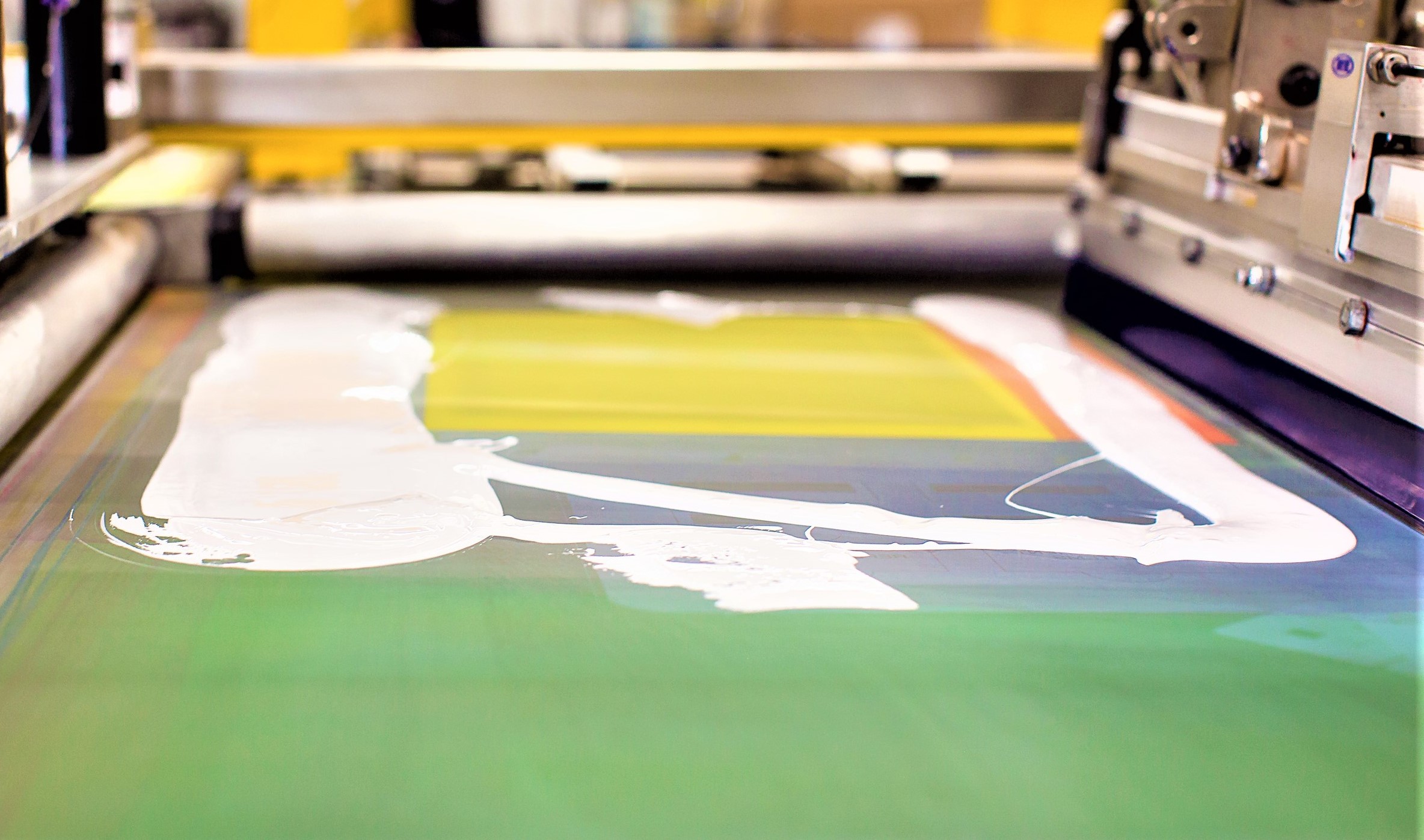Pad vs Screen Printing
When your product requires the application of multi-coloredtext or graphics, you will need to consider whether the best method will be screen printing or pad printing. You can rule out laser marking in this case. While it is an option (and sometimes the best one), laser marking is limited to a single color,normally gray or black product decorating.
Pad and screen-printing processes are very different and understanding these differences can help explain when pad printing methods may be superior compared to screen printing, or not. Which print method and application is best for your project, depends entirely on which process offers the best results based on product specs and usage.
Comparing two very different print applications
Pad printers utilize an etched steel plate called a cliché as well as a pad which is generally made from silicone rubber. When the press is cycled the pad makes contact with the cliché and the ink is transferred from the cliché to the pad. On the next cycle the pad makes contact with the part being printed and transfers the ink to the part. In this way the 2-dimensional image and/or text goes from the cliché to the part and this process can be duplicated in different colors and images (referred to as “hits”) when the final printed image is made up of more than one color.
Screen printing, on the other hand, is a process whereby a tightly stretched silk fabric or “screen” is blocked out except for the image being printed. This screen is held just slightly above the part and when the press is cycled ink is pushed through the screen and on to the part using a piece of rigid rubber called a squeegee. Screen printing can be done on presses that mechanize the feeding and printing of parts or it can be done manually by a skilled printer where mechanization is not possible. This is typically due to the weight or shape of the parts or when printing a small quantity since the longer setup time on a mechanized press would not make sense.
Weighing inon pad printing
- Provides the best resolution for very small text and graphics
- The rubber pad allows images to be printed on parts that have texture, contours, small recessed areas, protrusions, etc.
- It’s often a fast way to decorateparts. Typically, itrequires little or no curing time before the parts can be handled for shipping, or whatever the next step in the process might be.
When to avoid pad-printing:
- The primary disadvantage of pad printing is that it is limited for larger sized applications–meaning that above an image size of four inches or so, most pad printing presses are not practical and screen printing will be required. While they do make pads big enough to hold an image larger than four inches, the detail and resolution decreases with larger applications.
When screen printing offers the upper hand:
Screen printing is generally the best option for decorating:
- Larger and flat parts
- Overlays and panel fronts, since they often require multiple colors printed in layers and with close registration.
- Decorating designs that include background colors or “flood coats”
- Limited quantities, since pad printing normally requires more setup time
When NOT to choose screen printing:
Screen printing is not typically the best solution for:
- Very small parts or any time that small text is being printed
- Parts with a lot of texture, curves or protrusions such as studs near the printing area
- Printing into recessed areas
Ideally your product decorator has strong capabilities with a range of print processes that are proven with today’s materials including pad, screen, and other product decorating methods. It can pay off toask your product decorator to compare multiple methods and test for the best product visual appeal, durability, and cost impacts.


